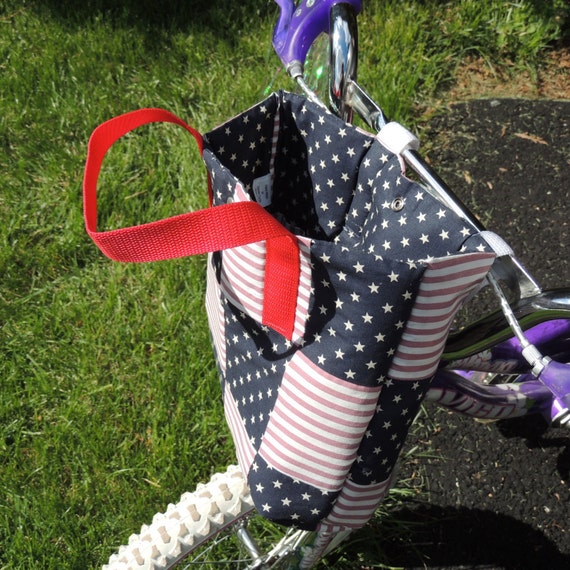Today is Bloomsday.
If you don't know what that means, you never read James Joyce's Ulysses. Don't worry, though, I won't castigate you.
(All right, I know there are other words I could've used. But I get a cheap thrill out of "castigate", especially now that I am a woman.)
The events in what some have called the greatest novel of the 20th Century all take place on one day: 16 June 1904. That, in and of itself, is as ironic as anything in the book, which almost nobody ever reads in one day.
I won't try to summarize the book here: I'm not sure that such a thing is possible. I won't even do a song and dance to convince you that you should read the book and love it. All I'll say is that reading it is an experience like no other.
To me, it reads like an encyclopedia of a person's subconscious mind. There is almost any kind of event, instruction or wordplay anyone could imagine. Yes, there are even references to bicycles and cycling, including this description of a race in Episode 10, a.k.a. Wandering Rocks:
Bang of the lastlap bell spurred the halfmile wheelmen to their sprint. J. A. Jackson, W. E. Wylie, A. Munro and H. T. Gahan, their stretched necks wagging, negotiated the curve by the College Library.
As with much else in Ulysses, this seems to have had a basis in real life. Or, at any rate, Joyce seems to have taken the names of the riders from a Daily Telegraph account:
Apparently, Joyce ordered the riders according to the result of the half-mile final, not the heat. But no matter. No one reads Ulysses to learn the results of races that took place over a century ago. Rather, the race is part of what happened--or, more precisely, streamed through the narrator's consciousness--on that day.
It makes even more sense that that race, and other references to cycling, were included in Ulysses when you realize that Joyce himself was a keen cyclist. One August day in 1912, he and his wife-to-be Nora pedaled from Galway to Clifden, a round-trip of 160 kilometers (100 miles). They did other long rides, and he did some more by himself. Given the conditions of Irish roads and bicycle technology at the time--and Joyce's poor eyesight and other physical ailments--I'd say they did pretty well.
I'll close this post with another Ulysses excerpt, this from Episode 17, a.k.a. Ithaca:
What facilities of transit were desirable?
When citybound frequent connection by train or tram from their respective intermediate station or terminal. When countrybound velocipedes, a chainless freewheel roadster cycle with side basketcar attached, or draught conveyance, a donkey with wicker trap or smart phaeton with good working solidungular cob (roan gelding, 14 h).
If you don't know what that means, you never read James Joyce's Ulysses. Don't worry, though, I won't castigate you.
(All right, I know there are other words I could've used. But I get a cheap thrill out of "castigate", especially now that I am a woman.)
The events in what some have called the greatest novel of the 20th Century all take place on one day: 16 June 1904. That, in and of itself, is as ironic as anything in the book, which almost nobody ever reads in one day.
I won't try to summarize the book here: I'm not sure that such a thing is possible. I won't even do a song and dance to convince you that you should read the book and love it. All I'll say is that reading it is an experience like no other.
To me, it reads like an encyclopedia of a person's subconscious mind. There is almost any kind of event, instruction or wordplay anyone could imagine. Yes, there are even references to bicycles and cycling, including this description of a race in Episode 10, a.k.a. Wandering Rocks:
Bang of the lastlap bell spurred the halfmile wheelmen to their sprint. J. A. Jackson, W. E. Wylie, A. Munro and H. T. Gahan, their stretched necks wagging, negotiated the curve by the College Library.
As with much else in Ulysses, this seems to have had a basis in real life. Or, at any rate, Joyce seems to have taken the names of the riders from a Daily Telegraph account:
The Evening Telegraph for 16th June 1904
reports the order of finish: ‘Half-Mile Bicycle Handicap – J. A. Jackson, 10 yds., 1; W.H.T. Gahan, sch., 2. Also completed
– T.W. Fitzgerald, 30; A. Henderson, 50. Time 1 min. 16 secs. Second heat – W.E. Wylie, 20 yds., 1; A. Munro, 35 yds., 2. Also completed –
T.C. Furlong, sch. Won by three lengths. Time, 1 min. 17 secs’ (p. 3, col. i).When citybound frequent connection by train or tram from their respective intermediate station or terminal. When countrybound velocipedes, a chainless freewheel roadster cycle with side basketcar attached, or draught conveyance, a donkey with wicker trap or smart phaeton with good working solidungular cob (roan gelding, 14 h).



